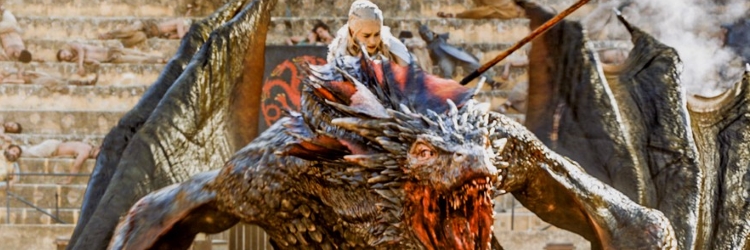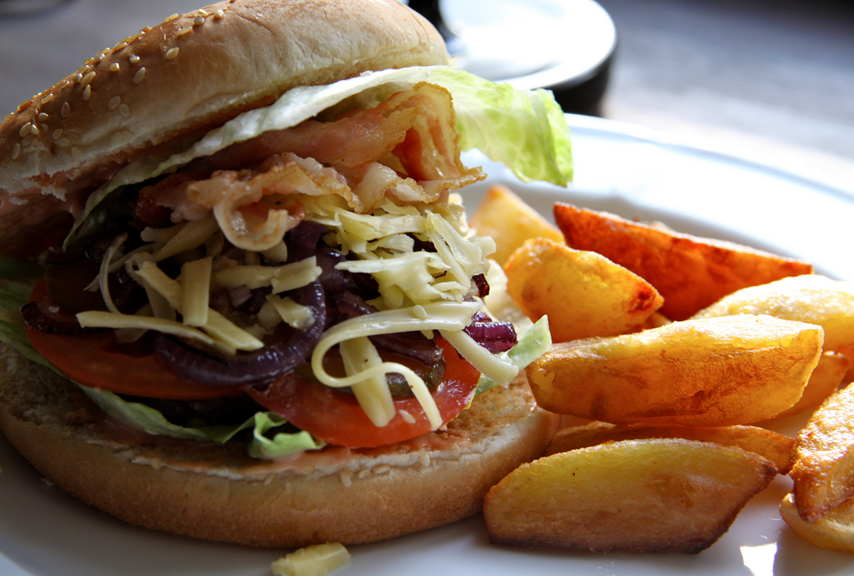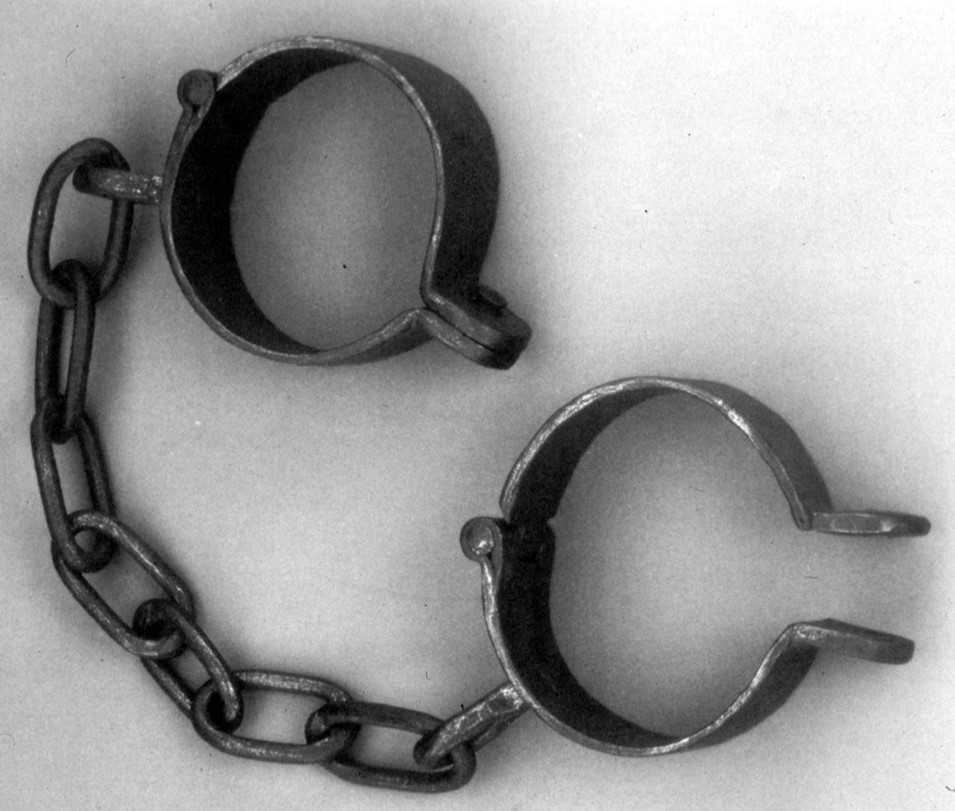Future Toothbrush
October 2, 2013 in Daily Bulletin

Christopher Mims wrote that 3D printing and scanning might come be coming together to revolutionize the act of brushing teeth:
- The great promise of 3D printing is creating an era of mass-customization – products tailored specifically for us.
- The Blizzident is a tooth “brush” that is customized to the shape of an individual’s mouth. A user merely has to bite on it and chomp for six seconds and the designers claim that teeth will be cleaned up and down as well as side to side.
- To get one somebody merely needs to visit their dentist who can make an impression of their teeth which is then sent to Blizzident’s offices.
- Blizzident then produces the customized brush for $300.
- This might be a hard sell though since most toothbrushes have to be replaced every three months and if the same is the case with Blizzident then consumers will find it a tad too pricey.
Read more about it here.
Source: Quartz

















Join the Discussion! (No Signup Required)